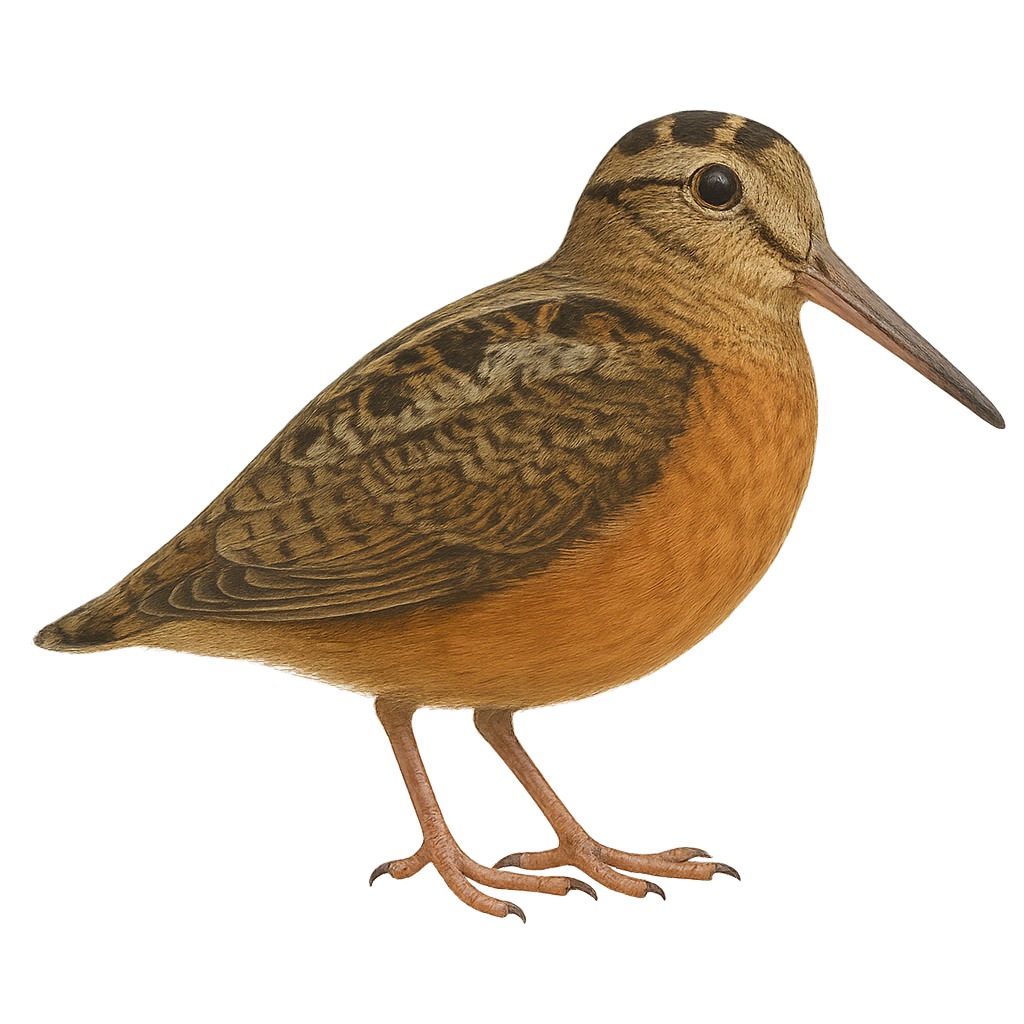Your wildlife photography guide.
Explore the american woodcock in detail, study its behavior, prepare your shots.
Where to observe and photograph the american woodcock in the wild
Learn where and when to spot the american woodcock in the wild, how to identify the species based on distinctive features, and what natural environments it inhabits. The WildlifePhotographer app offers tailored photography tips that reflect the american woodcock’s behavior, helping you capture better wildlife images. Explore the full species profile for key information including description, habitat, active periods, and approach techniques.
American Woodcock
Scientific name: Scolopax minor

IUCN Status: Least Concern
Family: SCOLOPACIDAE
Group: Birds
Sensitivity to human approach: Suspicious
Minimum approach distance: 10 m
Courtship display: March to April
Incubation: 20-22 jours
Hatchings: April to May
Habitat:
deciduous forests, swamps, wet meadows
Activity period :
Mainly active at night, generally discreet during the day.
Identification and description:
The American Woodcock, Scolopax minor, is a medium-sized bird known for its mottled brown plumage that provides excellent camouflage in the underbrush. It has a long, straight bill perfect for probing the soil for worms and insects. This bird is most active at dusk and dawn, performing its spectacular courtship displays. The American Woodcock is a partial migrant, moving southward in winter. It favors moist habitats such as deciduous forests and swamps. Although elusive, it can occasionally be spotted due to its distinctive call and acrobatic flights.
Recommended lens:
400 mm – adjust based on distance, desired framing (portrait or habitat), and approach conditions.
Photography tips:
To photograph the American Woodcock, it is advisable to use a 400mm or longer telephoto lens to capture detailed images without disturbing the bird. The best opportunities arise at dusk when the bird is most active. Look for wet areas and clearings in forests where the woodcock might be feeding. Be patient and discreet, as this bird is suspicious. Use a tripod to stabilize your camera in low-light conditions.
The WildlifePhotographer App is coming soon!
Be the first to explore the best nature spots, track rutting seasons, log your observations, and observe more wildlife.
Already 1 431 wildlife lovers subscribed worldwide

